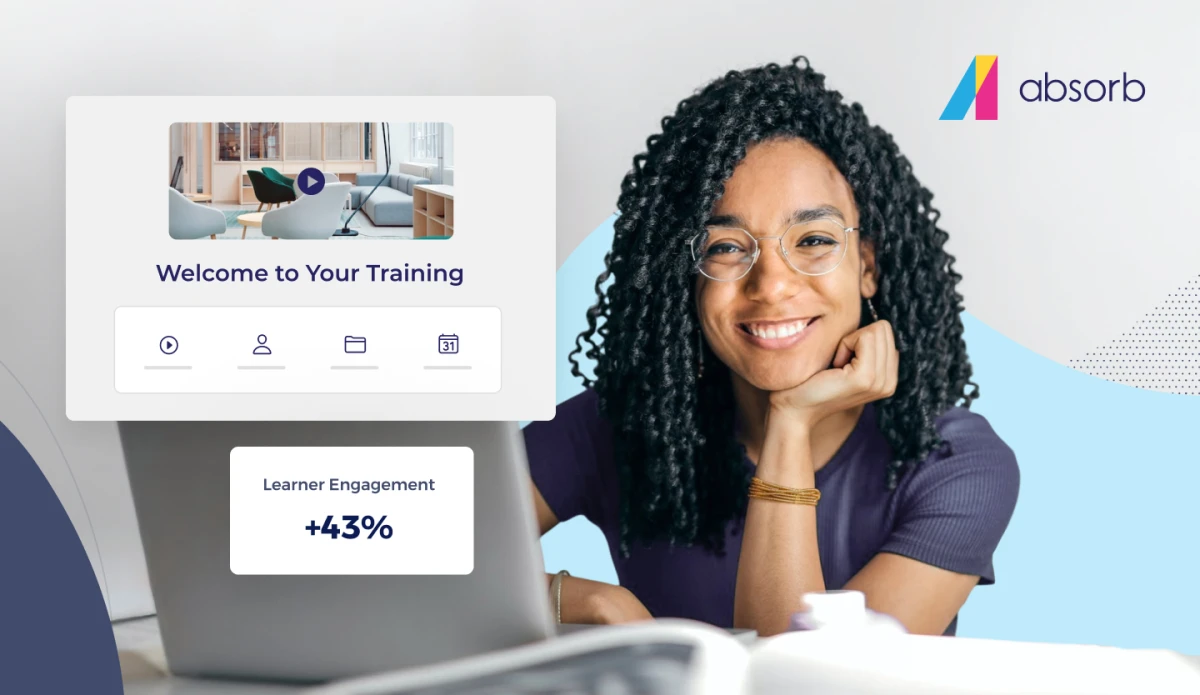
It's a Request for Proposal (RFP) response week for me. I have two proposals on my plate, both due at the end of this month. I write one or two of these per month, as do my colleagues. As a group, we've seen excellent RFPs and some that were both demoralizing to complete and obviously ineffective tools for the evaluation and selection of technology.
Some organizations believe that the best way to acquire a learning management system (LMS) that most closely matches its needs is to:
- Create a committee of stakeholders to identify requirements
- Compile these requirements into a detailed RFP
- Send the RFP to a large number of LMS providers
- Read, score, and rank the submitted RFPs
- Invite the top scoring vendors to provide demonstrations of their technologies
In theory, all of this should work. In practice, though, this approach often fails.
 Here's why:
Here's why:
If your RFP is poorly designed, some of the vendors you have invited to participate will not respond. Suppliers who do not respond may have the best technological match for your requirements, but, you'll never know. It isn't that these no-show vendors don't care about your project, they just need to manage their time and establish priorities like everyone else. Given the choice between having productive meetings with existing and prospective customers or spending three days writing one RFP, the vendor will at times pick the former.
Here are some tips for issuing a RFP that will generate responses from more vendors:
Keep the RFP short. The proposal I'm completing today will be about 40 pages long and will have taken about three days to write. This is about average. If the organization issuing the RFP receives 10 similar-size proposals, they will need to sift through 400 pages of information to create a short list of systems. Are we having fun yet? Eliminate low-priority requirements from your RFP; save the nice-to-have features for the demo phase of your technology selection.
Avoid questions no one will answer. I've actually seen the following questions in a RFP:
- "What tactics or activities do you currently use to generate sales leads? Provide a list of your top lead sources and the percentage of leads that are generated from each source."
- "Provide a copy of your strategic plan for the next one, two, and three years"
- "Provide annual reports, including year-end financial statements for the past three years"
This may come as a surprise but companies tend to be a bit private about sharing things like strategic plans. Also, whereas public companies need to disclose their financials, private companies do not. So, you're unlikely to get Profit & Loss and Balance Sheet reports submitted by private companies. As for public companies, you can find their financial information online without asking for it.
List near the beginning of the RFP a small number of must-have features and mention that vendors who don't meet these top-priority requirements have no need to complete the RFP. All vendors will love you. Vendors who can fulfil the top-priority requirements will be happy to answer how they meet or don't meet your lower-level requirements. Vendors who don't meet your top-priority requirements will be thrilled that they didn't need to spend three days writing a proposal that didn't stand a chance of winning.
Don't issue an RFP "just to see what's out there." A respected learning professional once mentioned to me that she knows of one organization that issues a RFP for a learning management system every year just to get a sense of what's going on in the industry. This organization has no intention of acquiring a LMS. Are you curious about how LMS technology is evolving? Ask vendors to give you a demonstration instead of asking them to respond to lengthy RFPs.
FINAL THOUGHTS:
A request for proposal may uncover what a learning management system can and can't do, but a RFP isn't a good way find out HOW a system does what it does. Importing a SCORM course, for instance, may take a minute in one system and an hour—with the vendor's assistance—in another. In their respective proposals, both vendors will say they meet the importing SCORM course requirement.
If you work for an organization or within an industry that requires issuing RFPs for the acquisition of technology, then by all means do so. Keep in mind, though, that scripted demos, where the client tells the vendors what they would like to see, quickly identify which systems will be the best fit.





